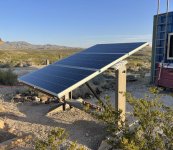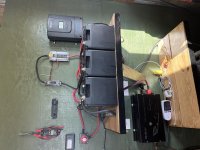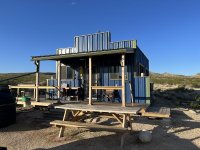My feeble understanding of electricity is that Solar Panels produce direct current voltage.
Just how does DC voltage help the alternating current power grid? Please keep your answer simple because I needed 3 semesters to complete the 2 semesters of "Electrical Circuits for Mechanical Engineers". It was truly my most painful educational experience.
Just how does DC voltage help the alternating current power grid? Please keep your answer simple because I needed 3 semesters to complete the 2 semesters of "Electrical Circuits for Mechanical Engineers". It was truly my most painful educational experience.





